
Ear tubes might be employed by a doctor in order to combat the effects of an ear infection. Many ear infections clear up by themselves, but if the infection is persistent and fluid builds up then the use of an ear tube may become necessary. This type of ear infection can lead to loss of hearing, speech problems and behavioral changes.
Ear tubes
Ear tubes are cylindrical, hollow tubes. The tube is inserted into the eardrum in order to allow air to enter the middle ear. Normally, the tubes are made of plastic, metal or Teflon. The tubes are categorized in two ways. One type is for short term use while the other type is made for long term use. The former tend to be smaller than the latter. Normally, ear tubes require professional removal by a doctor.
Ear tubes work by enabling air to flow into the middle ear, draining the ear canal and cleaning the accumulated fluid. They can also help to prevent further fluid buildup and can decrease ear pressure and pain.
Reasons for use
A major reason for the employment of ear tubes occurs when fluid builds up behind the eardrum for more than four months. If required, the tube might be used earlier than four months into the build up. Ear tubes will be used in the case of severe ear infections, or if paralysed facial nerves, meningitis or mastoiditis occur as a result of ear infection. Those who undergo hyperbaric oxygen therapy or who suffer from barotraumas might also require the use of an ear tube.
The procedure
Children might require a general anesthetic for this operation. An incision is made in the eardrum, the fluid is sucked out and the ear tube inserted. If the tube is not inserted after the incision, the incision will usually heal after a few days. After insertion of the tube, antibiotic eardrops are used over the following days. The procedure lasts about fifteen minutes. If one has an ear tube inserted, it might be advisable to wear ear plugs whilst swimming or bathing.
There are some risks involved in the operation. Some might experience otorrhea, hearing problems or a blockage of the ear tube. In some rare cases, the ear tube can slip out of place and move into the middle ear. Cholesteatoma might also begin to form in the middle ear as a result of this infection. However, this is also quite a rare occurrence.


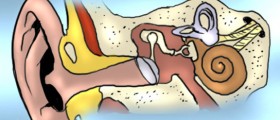
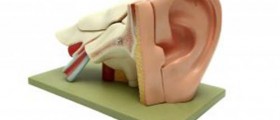


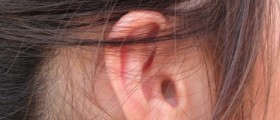


-Arthritis_f_280x120.jpg)


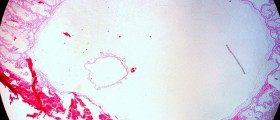

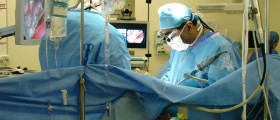


Your thoughts on this
Loading...